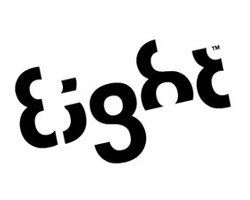
Anyone seen a Penn and Teller show? I'd love to see them live someday, but until then I'll just continue to read and be fascinated by their original, skeptical perspective on the universe.
This article from
WIRED about the connections Teller sees between magic, cognitive psychology, and neuroscience might be a great way to "wind down" after the AP exam? Fascinating stuff about how magicians use principles from perception to "fool" audiences. There is a group of neuroscientists at Barrow Neurological Institute in Phoenix, Arizona working with magicians to identify these principles (the group already
published their research in Nature)
Here's a quote that provides a sense of what the article is about:
"By reverse-engineering these deceptions, Macknik hopes to illuminate the mental loopholes that make us see a woman get sawed in half or a rabbit appear out of thin air even when we know such stuff is impossible. Magicians were taking advantage of these cognitive illusions long before any scientist identified them."

















